Giacomo Mattei
SMI Tessuti SpA
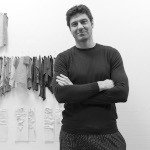
“La creatività può essere una condizione per raggiungere una sostenibilità utilizzando strade non convenzionali.”
What is your definition of creativity?
We usually associate the concept of creativity with something highly extraordinary, very colourful, and visually important.
In fact, in my opinion, creativity can also be applied to many other small everyday concepts.
A problem can be approached in a creative way, looking at it from another point of view. Creativity could be using existing resources and the company’s history in a completely different way.
This involves a non-static mentality and the ability to never, ever, take something for granted just because it is the result of deep-rooted habits.
When we think of a collection, we try to associate this concept with the most usual sources of inspiration, in order to obtain a truly new and “creative” idea for fabric.
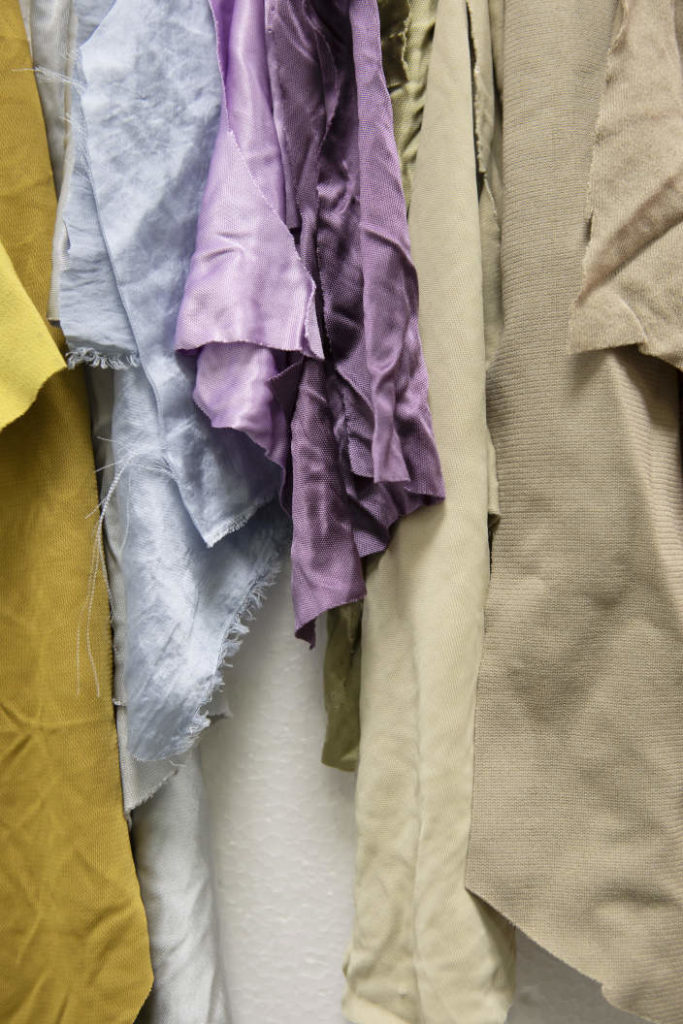
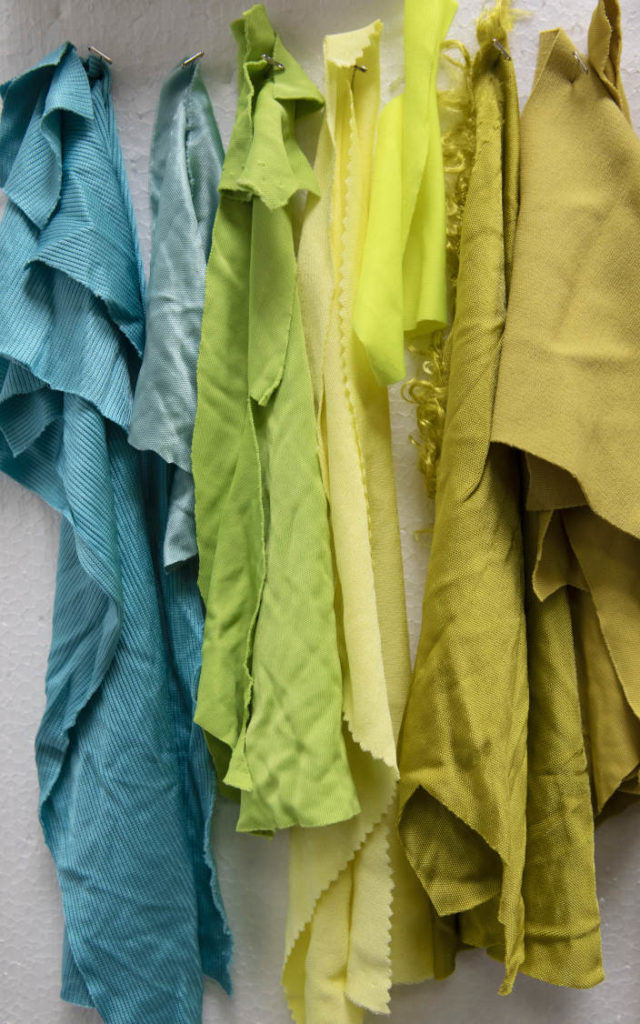
What is sustainable creativity in your opinion?
I refer to the previous answer. A company, in any sector, not just textiles, especially if it has been in existence for many years, has its own history and its own DNA.
Here, drawing on these two factors, without confining oneself, readjusting one’s resources in a new way, leaving behind the old mentality of roles and sectors, and perhaps, even a collaboration between companies, instead of considering oneself only a “competitor” can be part of the concept of sustainable creativity.
The concept is to obtain something sustainable in direct ways and actions, which by now, we all know and many of which we knowledgeably implement.
However, there are also indirect, hidden modalities. Here, creativity can be a condition for achieving sustainability using unconventional ways.
Who would have thought that Gucci and Balenciaga, even if belonging to the same Group and in fact competitors, would have combined their image in a unique collection? This is a great example of “creative sustainability”!
How do you see the future of fashion in the next 10 years?
The most intriguing part of our sector, like the whole fashion system, lies precisely in the unknown.
That, fifteen years ago, many believed that Italian textiles would (or almost) not survive the rapid textile developments of the far east. Instead, we are still here, less, but always a particularly important reality!
For the future we will have to be more attentive to the continuous economic, social and customs changes and to the challenges that this complex and fascinating world will place before us.
I am very positive especially for the Prato district, which I believe to be much “faster” and less static than others.
We have a district that is unique in the world in terms of know-how and flexibility. As long as we are able to carry out the whole system, we will always be competitive and attractive to the world of fashion, whatever the future trends.
Low-cost fashion will continue to exist, but we will have to move further and further away until we become independent from this concept.
Innovation and quality are the characteristics that fashion has always requested and will continue to demand.
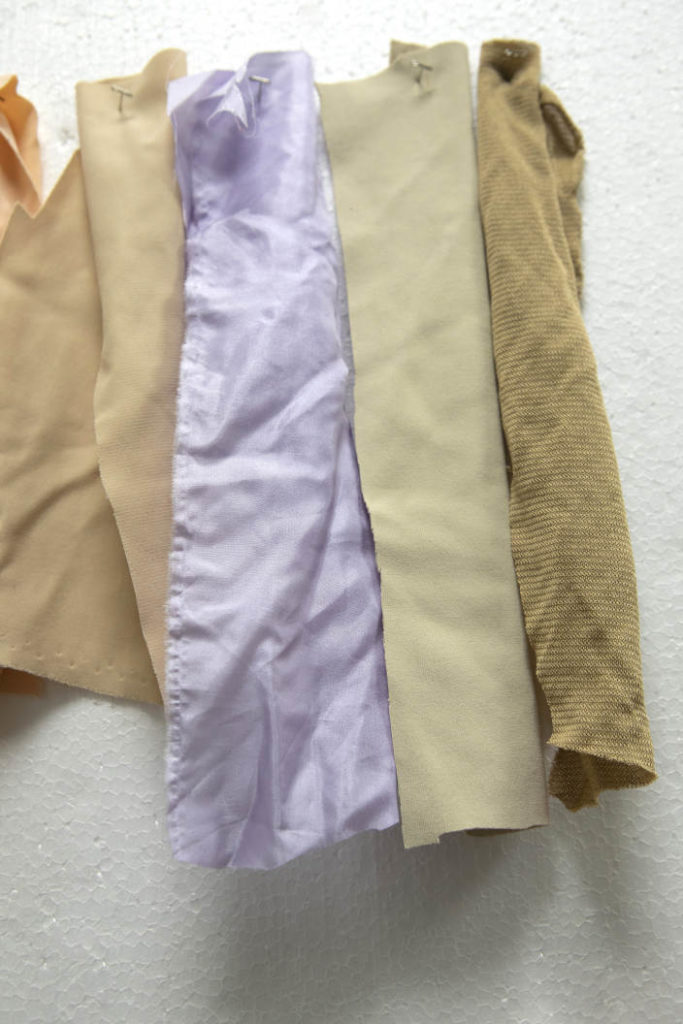
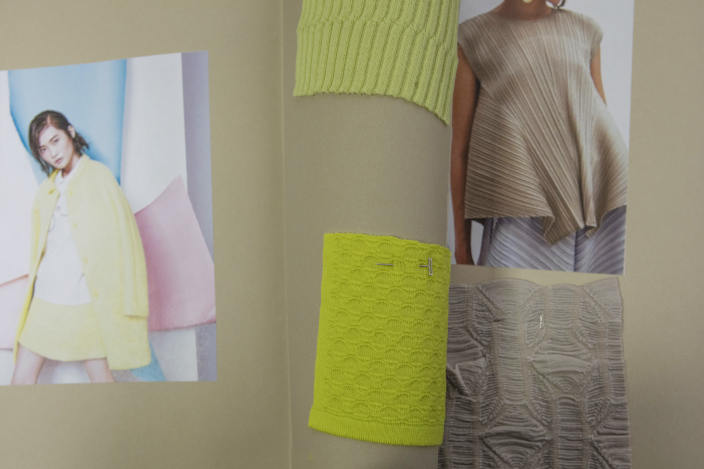
In your opinion, what are the characteristics of your company that make it different from the others?
I believe that the previous answers have already been a proposition.
At SMI Tessuti SpA, we try to have a truly open 360-degree mentality, and this perhaps also because I do not have a purely textile background.
I did not grow up in the company, but I took a completely different personal path. I have a diploma as a textile expert, but I actually joined the company after university. I made a conscious and determined decision when I was an adult.
It was certainly much more tiring in some respects, having had to learn everything very quickly.
But I think I approached this profession without particular preconceptions and prejudices, which often hinder the “creative” process.
We instil all this in our daily work, from the drafting of the collection to the production phase.

